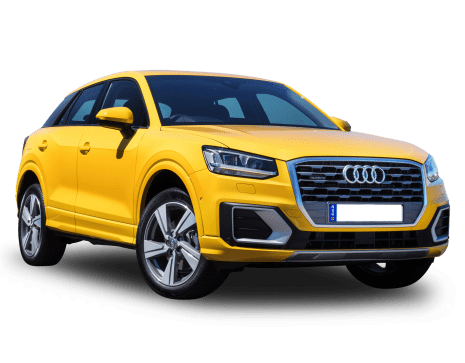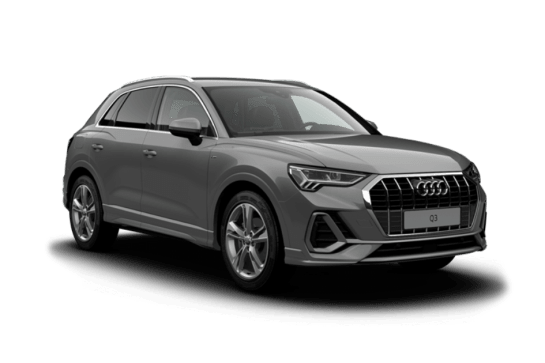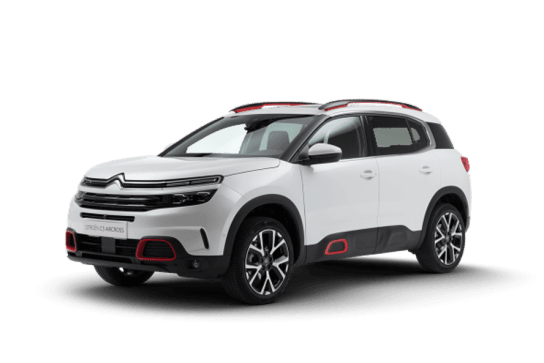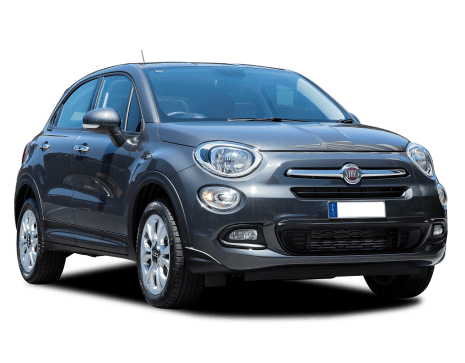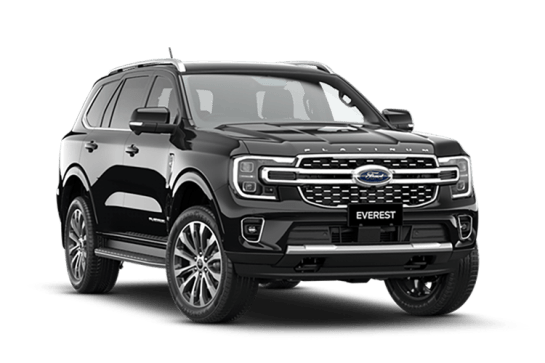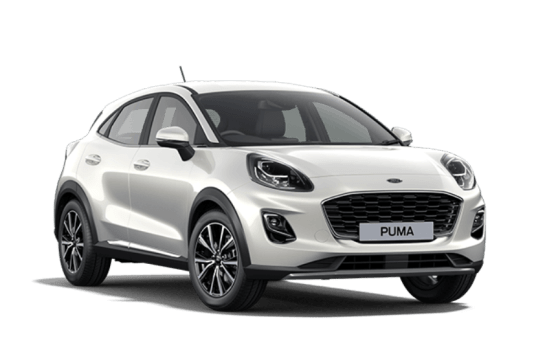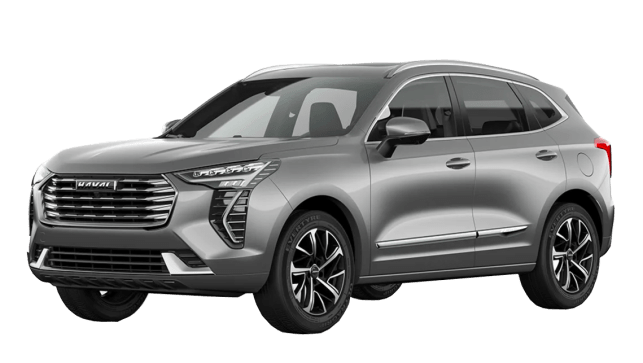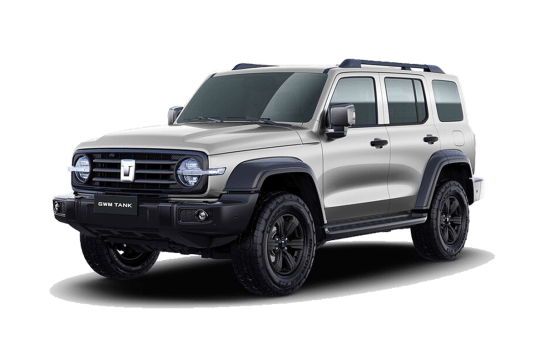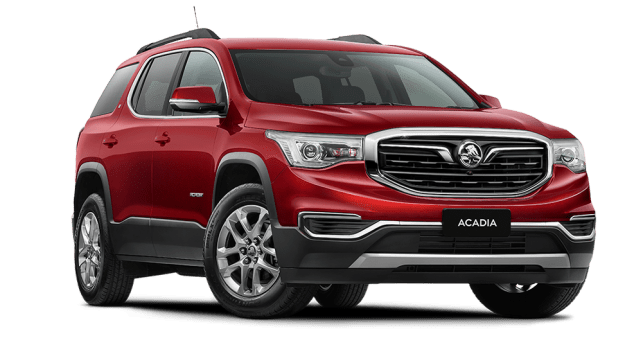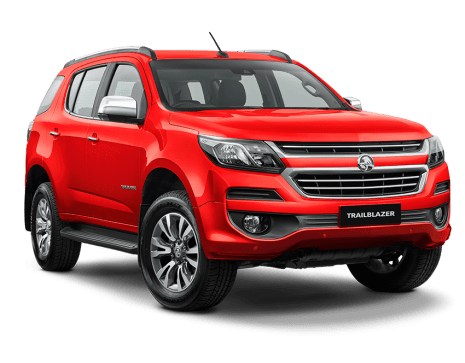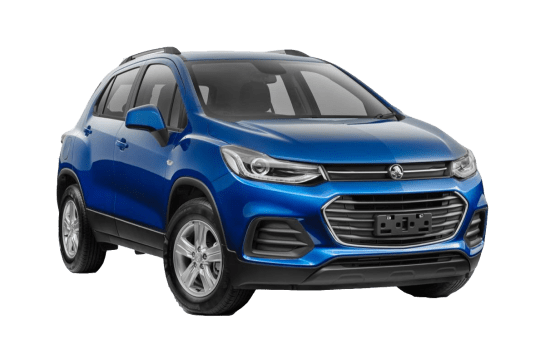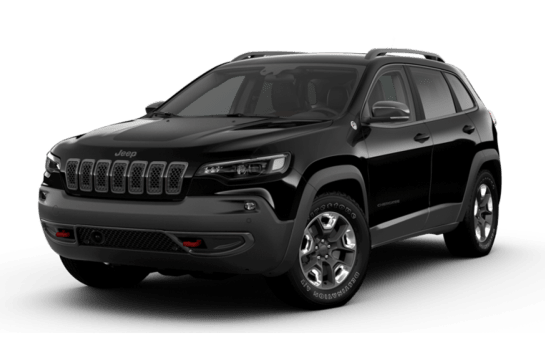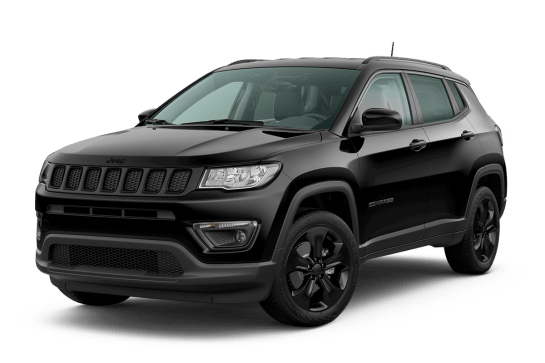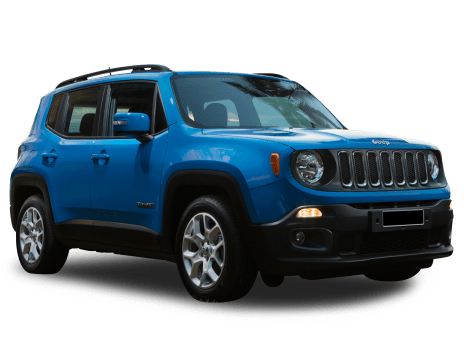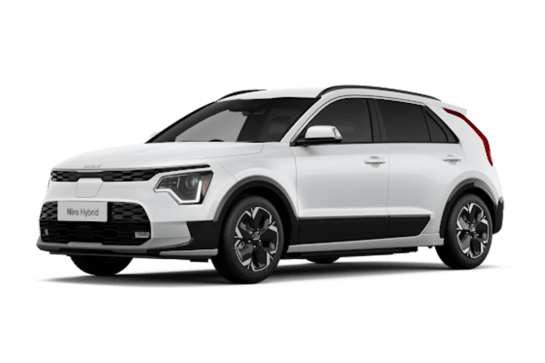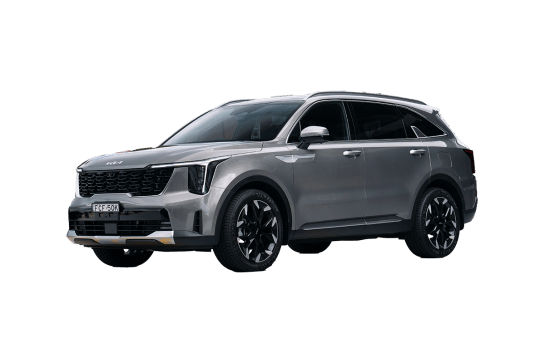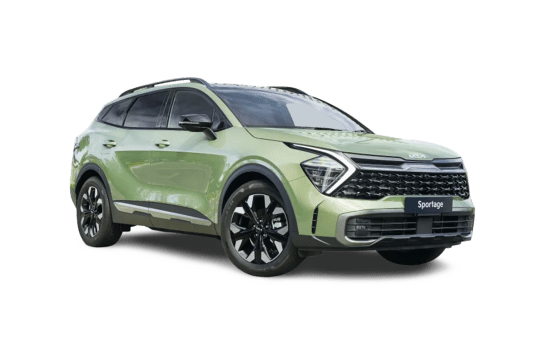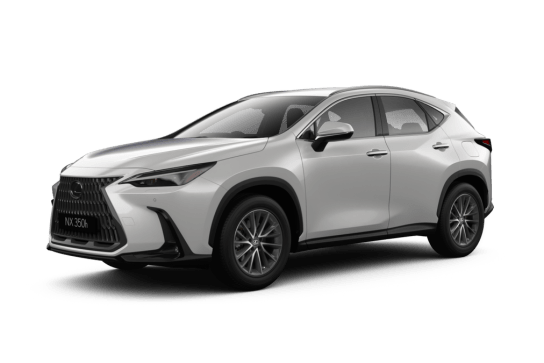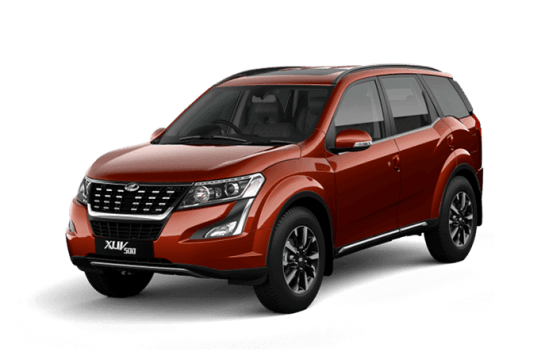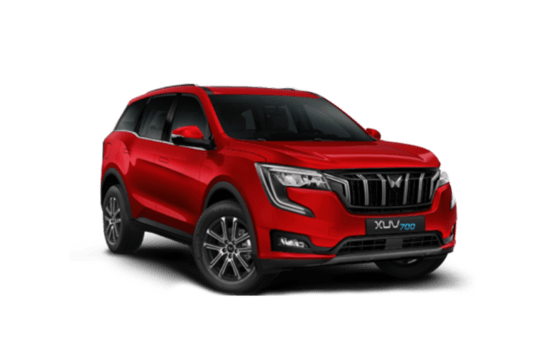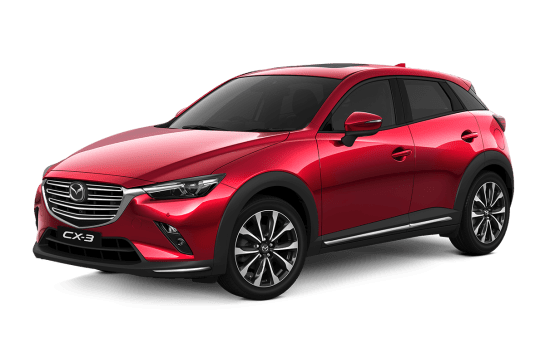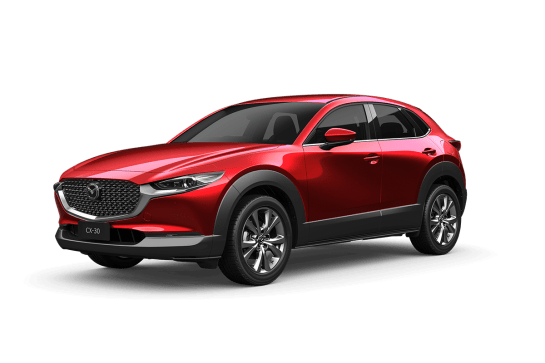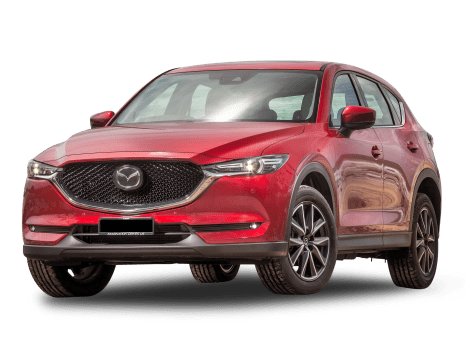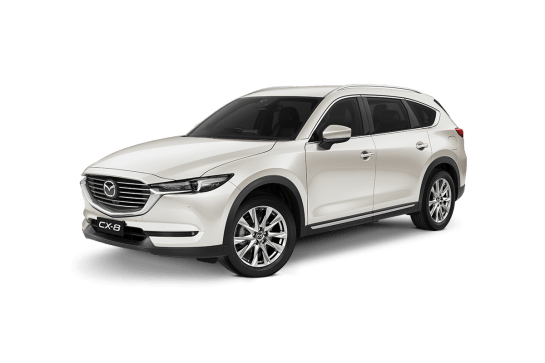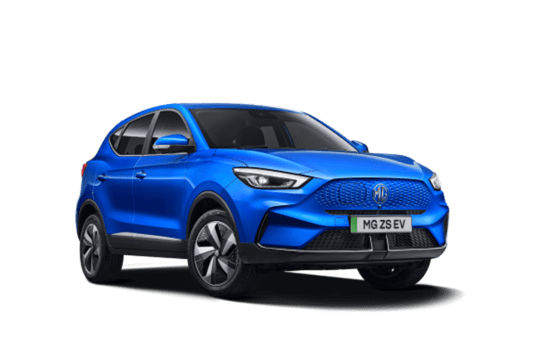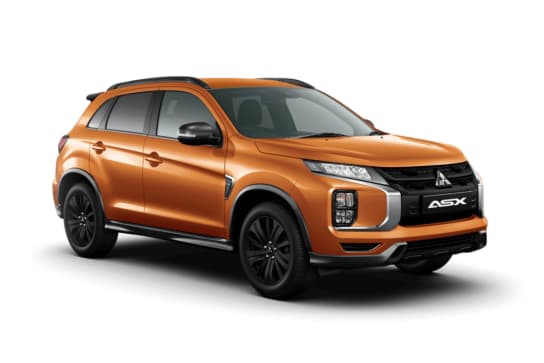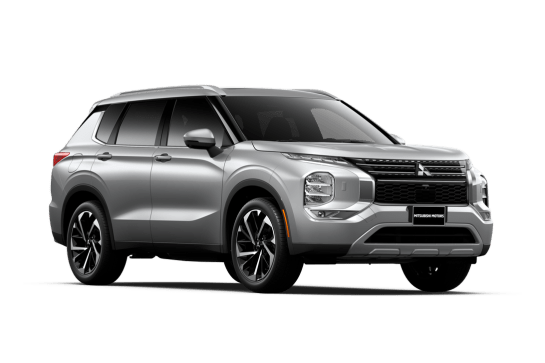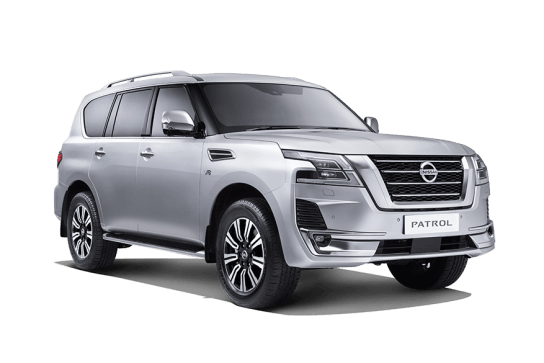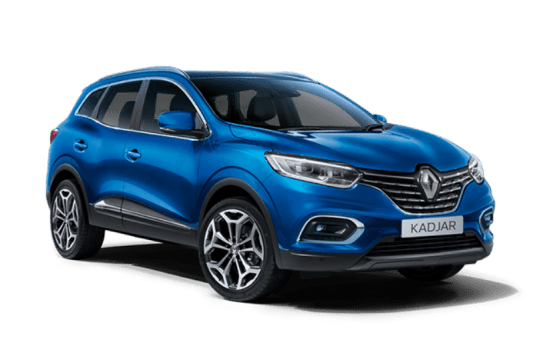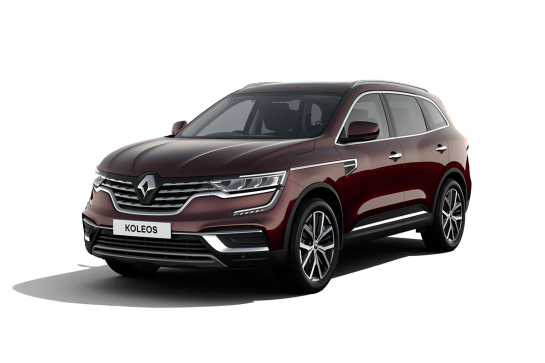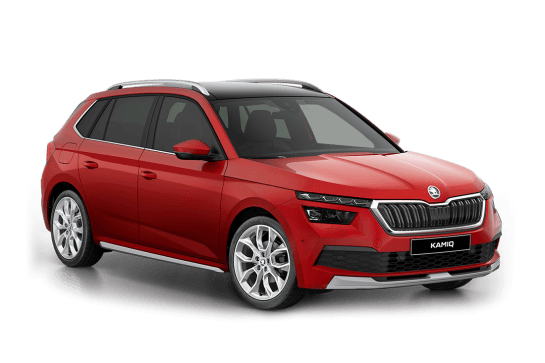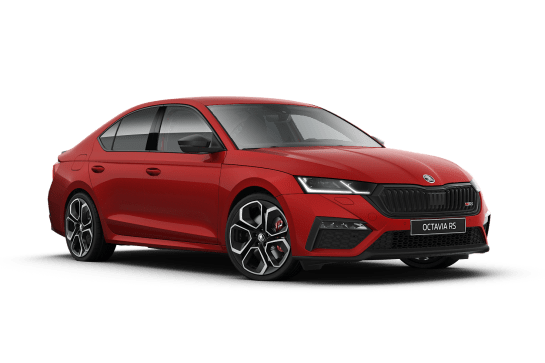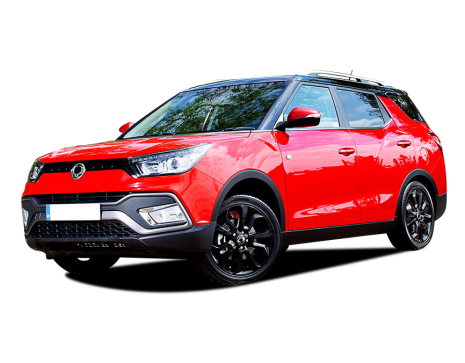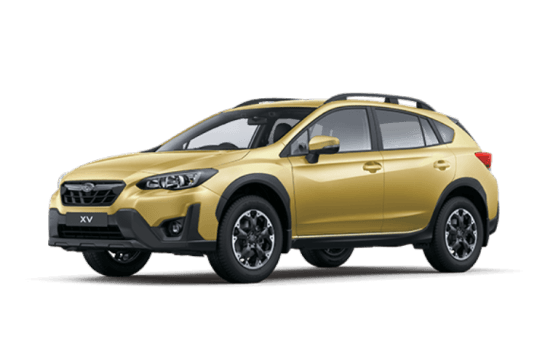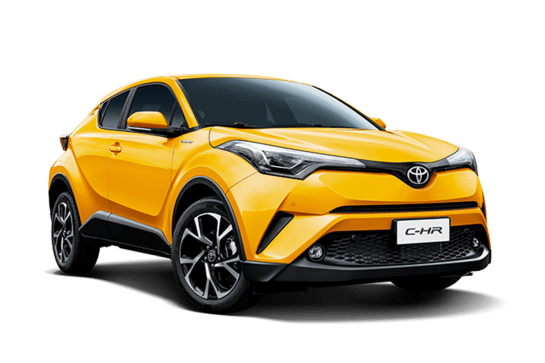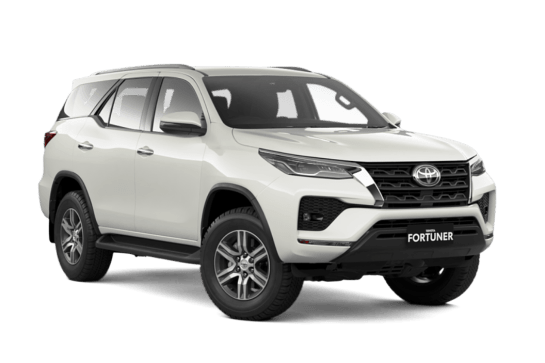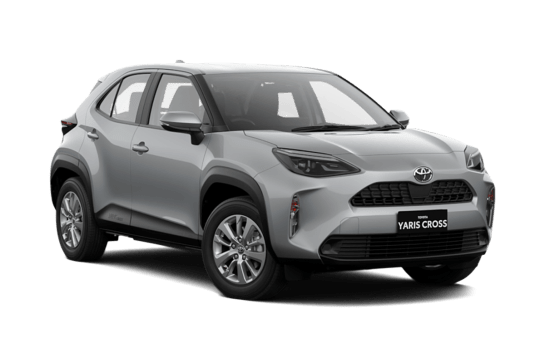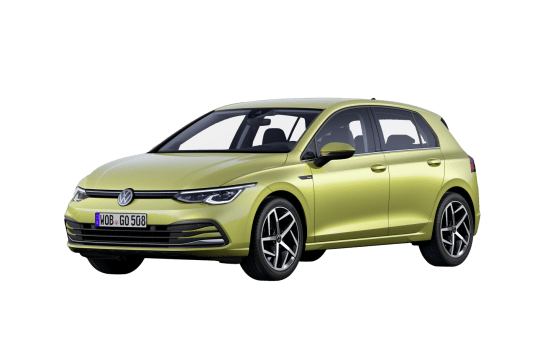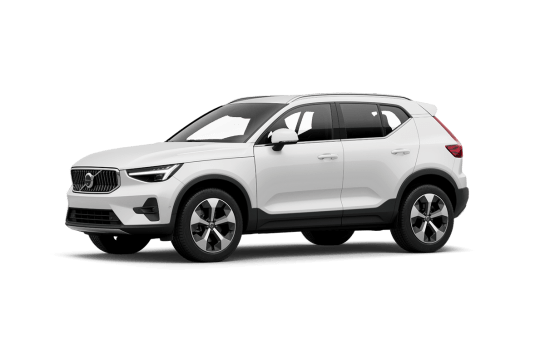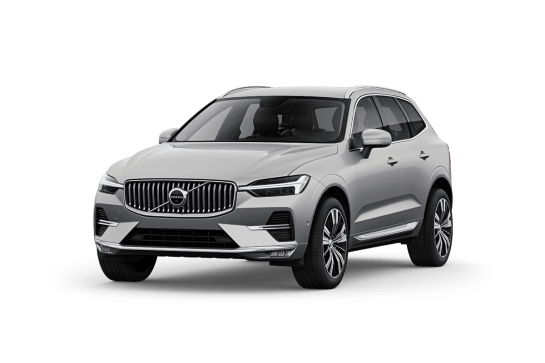
Mini Countryman VS Skoda KAROQ
Mini Countryman
Likes
- Gorgeous Mini styling
- Strong on-road performance
- Lots of personalisation available
Dislikes
- Lacking a few features for a top-grade model
- An expensive endeavour for a Mini
- Not much separates the two trim levels
Skoda KAROQ
Likes
- Refinement
- Value
- Practicality
Dislikes
- Dated interior
- Non-linear power delivery
- Needs premium unleaded
Summary
Mini Countryman
The Mini Countryman is the not-so-mini cousin to the iconic and smaller Mini Cooper.
The new generation offers a larger body-size, fun new interiors and a whole suite of updated technology.
We're in the flagship John Cooper Works grade in Favoured trim to find out if this small SUV is still urban-friendly and fun after all of these changes.
Read more about
- New electric hot hatch revealed but will the Abarth 500e and Cupra Born rivalling 2025 Mini John Cooper Works electric cars thrive despite global EV slump?
- Are you staunchly anti SUV? Cupra is keeping the wagon alive with the 245kW 2025 Cupra Leon Sportstourer coming to Australia next year with drift mode and VW Golf R mechanicals
- On the brink of extinction: Stylish new 2025 Mini Cooper Convertible confirmed for Australia to add life to shrinking segment that premium rivals from Audi and BMW have left behind
| Safety rating | — |
|---|---|
| Engine Type | 2.0L |
| Fuel Type | Premium Unleaded Petrol |
| Fuel Efficiency | 7.7L/100km |
| Seating | 5 seats |
Skoda KAROQ
Typically appealing to those seeking quality engineering and tech without feeling the need to make a boastful badge statement, Skoda is a low-key, ultra-confident brand.
On sale here since 2018, the Skoda Karoq is a comparatively small fish in one of the most hotly contested segments in the Australian new-car market, namely medium SUVs, the leading trio consisting of the Toyota RAV4, Nissan X-Trail and Mitsubishi Outlander.
To increase its appeal against these and other high-profile contenders Skoda Australia has introduced a new entry-level Karoq designed to hit the Goldilocks zone between attractive standard specification and sharp pricing. CarsGuide was invited to its local launch.
Read more about
| Safety rating | |
|---|---|
| Engine Type | 1.4L turbo |
| Fuel Type | Premium Unleaded Petrol |
| Fuel Efficiency | 6.5L/100km |
| Seating | 5 seats |
Verdict
Mini Countryman8.5/10
The new Mini Countryman John Cooper Works in Favoured trim offers everything you’d expect it to - the iconic Mini styling, a powerful driving performance and a well-equipped cabin. It’s a wonderfully quick urban dweller that you can park anywhere but is just as happy on the open-road. For me, this is pure fun and offers more personality than a lot of its rivals.
Skoda KAROQ7.8/10
This new entry-level Karoq gives the already accomplished mid-size SUV an even sharper value-for-money edge. On top of that it's space efficient, hugely practical and economical. Safety's up to speed, the ownership package is solid and it's a quiet, refined drive. Before joining the RAV4 queue, we'd suggest giving this Skoda some serious thought.
Note: CarsGuide attended this event as a guest of the manufacturer, with accommodation and meals provided.
Design
Mini Countryman
It's a case of the 'not-so-mini' when it comes to the new Countryman because it now stands at 4447mm in length, 1843mm in width and 1645mm in height. That's 170mm longer and 21mm wider than the previous generation!
But the Countryman still has all of the fun styling you’d expect in a Mini and it’s that iconic styling that sets this car apart from its rivals. It knows its fun and isn't afraid to show it.
Our Mini Countryman gets JCW badging across the body of the car, including its wheels but it's the chequered flag motif across the grille that reminds you what’s under the bonnet.
Unfortunately, our test model is finished in the rather boring 'Midnight Black II' but the range of colours and customisations available on the Countryman will help make it feel like your own.
Head inside and there's a hefty mix of materials in the cabin space. You’ve got a thick and rough-textured weave/knit across the dash, doors and tops of the sports seats but that’s then mixed with a black synthetic upholstery and plastics everywhere else.
The red stitching and accents won’t land with everyone but it certainly creates a fun atmosphere.
There are some lovely design highlights with rose gold metal accents in the door handles and air vents. A panoramic sunroof adds some much needed airiness and I adore the way you still get a ‘turn-key’ experience despite having keyless start with the starter knob.
The round media screen isn't as well-integrated as before but it looks gorgeous and the different drive modes give you a range of colours to further customise the cabin.
Skoda KAROQ
Skoda's distinctively broad, vertically slatted grille stands the brand apart, and even after six years in market the Karoq looks crisp and contemporary with chiselled character lines and jagged head and tail-lights blending successfully with more gently curved surfaces along the car's flanks and turret.
It might be a subconscious side-effect of knowing Skoda is part of the VW Group, but I can't help seeing hints of Tiguan here and there, particularly around the side windows and rear end.
But cool touches like aero-influenced inserts in the 18-inch alloy rims reinforce the Karoq's individual look.
Move to the inside and while the 8.0-inch central media touchscreen and 8.0-inch digital instrument display are on the pace the overall design shows the car's age.
Quality trim materials lift the tone, the cloth seats with contrast stitching look (and feel) great, but the understated dash design in particular is 'traditional', the vibe accentuated by liberal use of piano black highlight elements.
That said, the mix of on-screen functions and physical controls works well ergonomically and the leather-trimmed, partially-perforated, flat-bottom steering wheel is hard to fault.
Practicality
Mini Countryman
The cabin of the Mini Countryman doesn't feel like it belongs in a small SUV. The legroom is still best up front but the second row offers more than enough space for taller adults. It will be most comfortable for four rather than five adults, though.
The electric front seats have large side bolstering and decent padding but they are on the firmer side. You get a little bit of fatigue on a longer trip but around town they’re great and the massage function on the driver's seat is strong.
The rear seat is even firmer than the front and set like a stadium seat, so it won't be as comfy for adults on a longer trip. The fold-down armrest adds some bolstering.
While the storage looks a little odd at first, all of the cubbies are quite functional. There's a lot of them, too, and the dual shelves underneath the starter-knob are particularly handy for your larger 'small' items, like phones and sunnies case. This is where the wireless charging pad is, too.
The glove box can fit a manual and the little centre console is kind of adorable but still fit all of my keys and wallet.
The sliding armrest is a nice touch and there's a couple of USB-C ports underneath it. There are two large cupholders, two drink holders and small storage bins in the doors.
In the rear you get a drink bottle holder in each door, two map pockets, two USB-C ports and two cupholders.
The circular multimedia screen looks great and once you get used to how the menus are accessed and the little shortcuts, it’s a fairly simple system to use while on the go.
The touchscreen is fairly responsive but you'll need to do wide swipes across to switch the menu screens.
I’m not a massive fan of having to access a screen for most of your functions but do like the way climate control remains on the screen at all times and it's just the fan function that needs a couple of extra toggles.
The multimedia system is run by Android Automotive and has wired and wireless phone mirroring. The Apple CarPlay maintained a steady connection this week with my iPhone 15 Pro Max and the built-in sat nav is easy to use.
Rounding out the interior is the large 505L boot and if you want more storage options, the back row has a 40/20/40 split-fold.
The loading space has a small lip, and a handy storage compartment underneath the floor which holds the tyre repair kit and other items you don’t want rolling around. JCWs get a hands-free powered tailgate, which is always handy after a big shopping trip.
Skoda KAROQ
In terms of dimensions, at just under 4.4m long, a bit more than 1.8m wide and a fraction over 1.6m tall the Karoq is a relatively small medium SUV.
Yet, its 2638mm wheelbase means there's enough space between the axles for generous accommodation front and rear with enough room left over for a decent boot.
There's ample room for me, at 183cm, in the front with plenty of breathing space between driver and co-pilot. Not to mention heaps of storage including big door bins with room for large bottles, an open area in the centre console under an extending and height-adjustable centre armrest, various coin and oddments slots, a good size glove box, a broad lidded dash-top compartment and a drop down box near the driver's right knee.
Move to the rear, and sitting behind the driver's seat set to my position, I've got good head, leg and shoulder room. Best for two adults, although three would be possible for (cozy) short trips.
Three up to teenage kids will be fine back there, but if your kids are in a capsule, child seat or booster you'll be good with two but three will be a bridge too far.
Again there are door bins with enough room for oversize bottles, three cupholders in the fold-down centre armrest (one is 'venti'-sized) as well an oddments tray at the back of the front centre console and map pockets on the front seat backs. Adjustable ventilation is another plus.
With all seats up the Karoq offers a healthy 588 litres (VDA) of storage space, expanding to 1810L with the 60/40 split rear seat folded. A rear seat 'ski-port' style door also increases flexibility.
There are numerous bag and tie-down hooks as well as thoughtful storage spaces around the boot space. A full-size (speed limited) spare sits under the floor and while the tailgate misses out on power assistance, there's a typically useful dangling grab handle to help with closing.
For those keen on towing the FWD Karoq is rated up to a 1.5-tonne braked trailer (750kg unbraked).
Price and features
Mini Countryman
There are five versions of the new Mini Countryman, which includes a line-up of petrol and fully-electric powertrains.
For the petrol John Cooper Works (JCW), there are two trim levels available and our test model is the flagship Favoured variant. It's priced from $73,990, before on road costs, making it an affordable high-performance small SUV compared to its Euro rivals.
The third-gen Mini Countryman JCW is built alongside the BMW X1 and because they share the same platform and engine, it directly competes against the X1 M35i xDrive which is priced from $92,300 MSRP.
So, if its the impressive engine outputs you’re after our JCW Favoured is the better pick. The Audi RS Q3 2.5 TFSI quattro is even more expensive at $101,215 but it does have better engine outputs.
Surprisingly, the John Cooper Works Favoured doesn’t add all that much to the ‘base’ Classic trim but the additions include 20-inch alloy wheels with performance brakes (including red calipers) and six extra paintwork options. You also get electric front seats, with memory and massage functions for the driver.
JCW models come with keyless entry and start, heated front seats, a panoramic sunroof, adaptive cornering LED headlights, dual climate control, powered tailgate with kick-function, heated steering wheel and velour floor mats.
The technology includes a round 9.4-inch OLED multimedia screen, dash cam recorder, a premium Harman Kardon sound system, digital radio, a head-up display, 'Spike' Mini Assistant, an interior camera (you can take selfies!), augmented satellite navigation, wireless Apple CarPlay/Android Auto, a wireless charging pad, four USB-C ports and two 12-volt sockets.
While it's impressively more affordable than its peers, the JCW in Favoured trim misses out on a few top-grade features you'd expect at this level. Features like front seat ventilation and heated rear outboard seats or even a massage function on the front passenger seat.
Skoda KAROQ
To tempt people away from the Toyota RAV4 juggernaut you need a distinctive brand personality, which the Karoq has in spades, as well as a standard features list long enough to entice but not so lengthy that it sends the asking price over the top.
And this new Karoq entry-grade model is set at $39,990, drive-away, which is a shot across the bow of the base RAV4 GX 2WD sitting at $39,760, before on-road costs.
It's also in the same ballpark as the X-Trail ST five-seat 2WD ($37,250 before on-roads) and Outlander ES five-seat 2WD ($37,740 BOC).
So, the balancing act between price and equipment lands with standard feature highlights including dual-zone climate control, adaptive cruise control, 18-inch alloy rims, auto LED headlights, an 8.0-inch multimedia touchscreen, wireless Android Auto and Apple CarPlay, a reversing camera, built-in nav and eight-speaker audio.
That's pretty handy, although it's worth noting while the start is keyless, entry to the car isn't, and while the Karoq Style and SportLine boast an auto tailgate, this grade misses out.
Clearly, there's been careful fine-tuning of the value equation but the car maintains a premium look and feel that stacks up well in the segment.
Under the bonnet
Mini Countryman
The JCW Countryman is an all-wheel-drive with a seven-speed dual-clutch auto transmission. It has a 2.0-litre, four-cylinder, turbo-petrol engine that produces up to 233kW of power and 400Nm of torque. This model has a 0-100km/h sprint time of just 5.4-seconds!
There are eight drive 'experience' modes you can choose from, comprising 'Core', 'Green', 'Go Kart' (very fun), 'Personal', 'Timeless', 'Vivid', 'Balance' and 'Trail'.
Skoda KAROQ
The Karoq is powered by a 1.4-litre, all-alloy, direct-injected, turbo-petrol four-cylinder engine sending 110kW (at 6000rpm) and 250Nm (from 1500-3500rpm) to the front wheels via an eight-speed automatic transmission.
Efficiency
Mini Countryman
For a performance SUV, the JCW Favoured has a lowish official combined (urban/extra-urban) fuel cycle figure of just 7.7L/100km and a large 54L fuel tank, giving you a theoretical driving range of up to 701km, which isn’t bad for such a little go-getter.
After doing a few bigger road trips this week, plus a long weekend in the city, my real-world usage has popped out at 7.9L/100km, which is excellent but expect it to be higher if you only do city driving.
Skoda KAROQ
Skoda's official combined cycle fuel economy number for the Karoq is 6.5L/100km, the 1.4-litre turbo-petrol engine emitting 147g/km of CO2 in the process.
On the launch drive program for this new entry-level model, covering city, B-road and freeway running along the coast south of Sydney, NSW, we recorded an average of 7.6L/100km.
That's useful for a conventional combustion engine without the benefit of electric hybrid assistance. Worth noting, however, minimum fuel requirement is the pricier 95 RON premium unleaded.
You'll need 50 litres of it to fill the tank which equates to a theoretical driving range of 770km using the official figure or around 660km using our on-test result.
Driving
Mini Countryman
Even if you don’t love the design, the power and performance of the turbo-petrol engine will win you over. It’s just pure unadulterated fun on the open road and in the city. You get a total hot-hatch experience, despite the Countryman being an SUV.
The adaptive suspension feels a little stiff when you’re going over uneven road surfaces at higher speeds and road noise also creeps in, but around town this is a comfortable ride.
Visibility is great, even in heavy rain with a child's car seat installed in the rear (we had a mix of weather on test). Thanks in no small part to the all-wheel drive system it felt sure-footed in the wet and I felt confident this car would do everything I asked of it.
The firm steering makes for a nimble on-road experience no matter the situation and you have gear-shifting paddles on the steering wheel.
There’s also a 'Boost' mode that wrangles the top performance out of the suspension, steering and engine for when you want more control.
You can park the Countryman just about anywhere and the 360-degree camera view system is excellent quality. It’s easy to park, even in small, tight car parks.
Skoda KAROQ
Despite riding on sizeable 18-inch alloys (shod with 215/50 Goodyear Eagle F1 rubber), first impressions behind the Karoq's wheel are dominated by how composed and refined it is.
Even on coarse, irregular B-roads the car remains supple yet balanced and well buttoned down in the corners. The steering is nicely weighted and road feel is good.
Skoda says the Karoq will accelerate from 0-100km/h in 9.2 seconds, which isn't ferociously fast but the 1.4-litre turbo four delivers its peak pulling power from 1500-3500rpm, which means you're never short of mid-range urge.
The smooth eight-speed auto also helps keep things on the boil although power delivery isn't always linear. Squeeze the throttle and the engine can take half a beat before responding in something of a rush.
Shift from 'Normal' to 'Sport' mode and the transmission will respond more urgently, holding on to ratios longer and changing down more readily. And if you want full control, move the lever over into the 'Tiptronic' manual position for satisfyingly rapid changes on-demand.
The engine remains quiet, only making its presence felt at higher revs, the supportive front seats remain comfortable over lengthy stints and the brakes (vented discs front, solid rotors rear) deliver firm, progressive stopping power even under the pressure of an enthusiastic twisty backroad run.
Under the heading of miscellaneous observations, the multimedia system is easy to navigate and quick to respond, the extending, height-adjustable front centre armrest is brilliant and the adaptive cruise system responds to changes quickly yet calmly.
Safety
Mini Countryman
The new Mini Countryman hasn’t been assessed by ANCAP but features a healthy list of crash-avoidance safety features and has nine airbags, including a front centre bag.
Standard safety equipment includes driver monitoring, rear cross-traffic alert, AEB, 'Cornering Brake Control', blind-spot monitoring, emergency e-call, lane keeping aid, lane departure warning, side exit assist, a dash cam recorder, tyre pressure monitoring, 360-degree view camera system plus front and rear parking sensors.
The adaptive cruise control is also well-tuned and one of the better systems I’ve sampled recently.
The rear seat has two ISOFIX child seat mounts and three top tether anchor points but two seats will fit best.
Skoda KAROQ
The Skoda Karoq's previous five-out-of-five ANCAP star rating has timed out, given the assessment was from 2017, so it's now unrated.
But that doesn't mean it's underdone in terms of active crash-avoidance tech, this base version featuring AEB (operational from 4.0-250km/h) with pedestrian and cyclist detection, adaptive cruise control, 'Lane Assist', 'Side Assist' (with rear cross-traffic alert), Parking Distance Control (front and rear), a reversing camera, rear AEB as well as tyre-pressure and fatigue monitoring.
If a crash is unavoidable, there are seven airbags on-board - dual front, front side, full-length side curtain and a driver's knee bag.
Multi-collision brake minimises the chances of subsequent collisions following an initial impact and there are three top tethers and two ISOFIX anchors for baby capsules and/or child seats across the second row.
Ownership
Mini Countryman
The Countryman is offered with a five-year/unlimited km warranty which is pretty standard fare for a Euro model. You can pre-purchase a five year or up to 80,000km servicing plan for $2250, which is very competitive for the class.
Servicing intervals are condition based, so your Mini will tell you when it needs to visit the workshop.
Skoda KAROQ
Skoda is ahead of the mainstream pack, offering a seven-year, unlimited kilometre warranty, which is two years up on the majority of the Karoq's competitors.
Roadside Assist is complimentary for the first year, renewed annually if you have your Karoq serviced at an authorised Skoda dealer.
The main service interval is 12 months/15,000km, which is in line with most of the competition, and Skoda offers a seven-year service pack for $2750, or $393 per workshop visit, which is competitive with much of the segment but some way off the Toyota RAV4 non-hybrid at $215 per service on a capped-price deal.
On top of that, through Skoda Choice you can opt for a Guaranteed Future Value offer ranging up to five years, with variable deposit and finance currently at a 6.99 per cent rate.
At the end of the term you can trade-in for a new Skoda, pay out the balloon amount and keep the car or simply hand it back.
